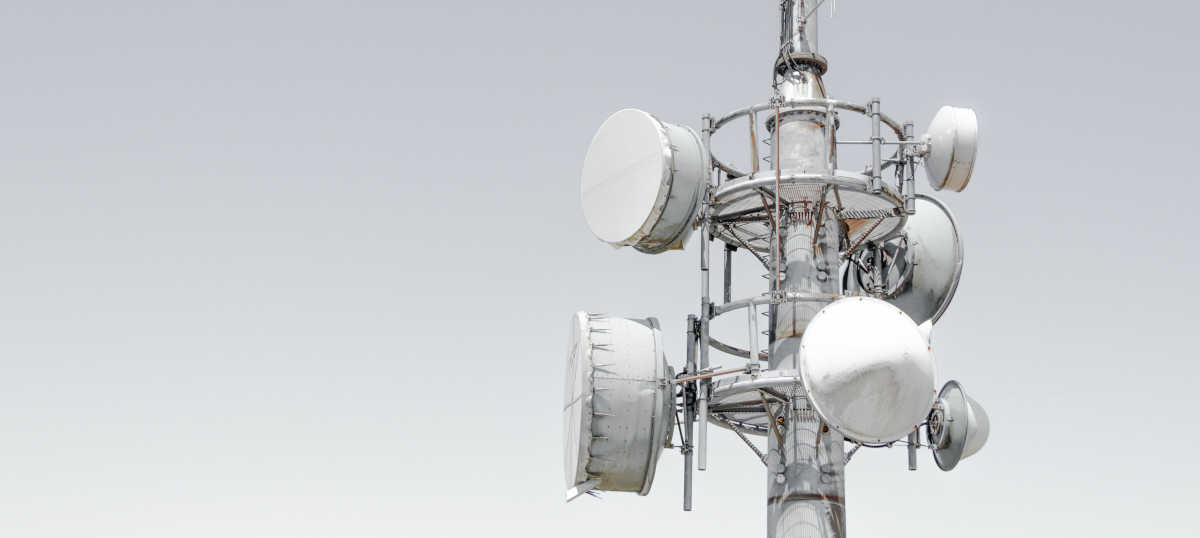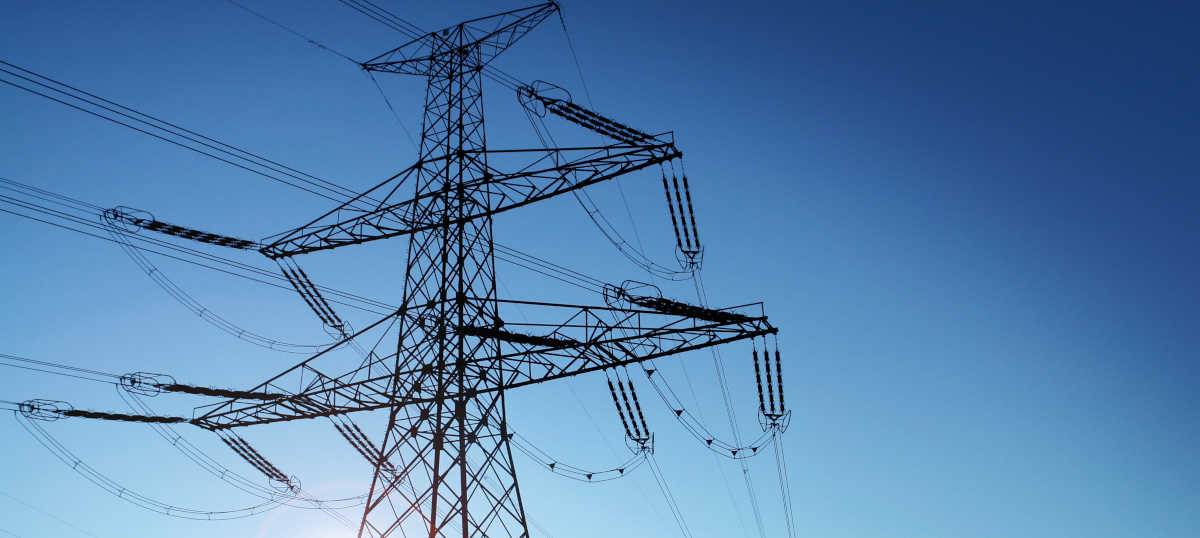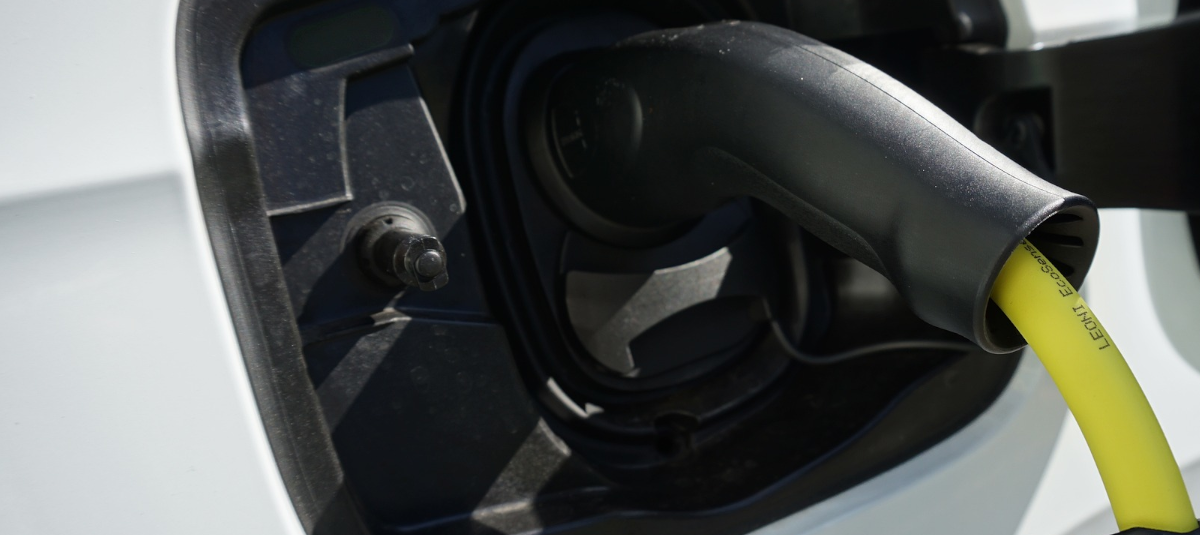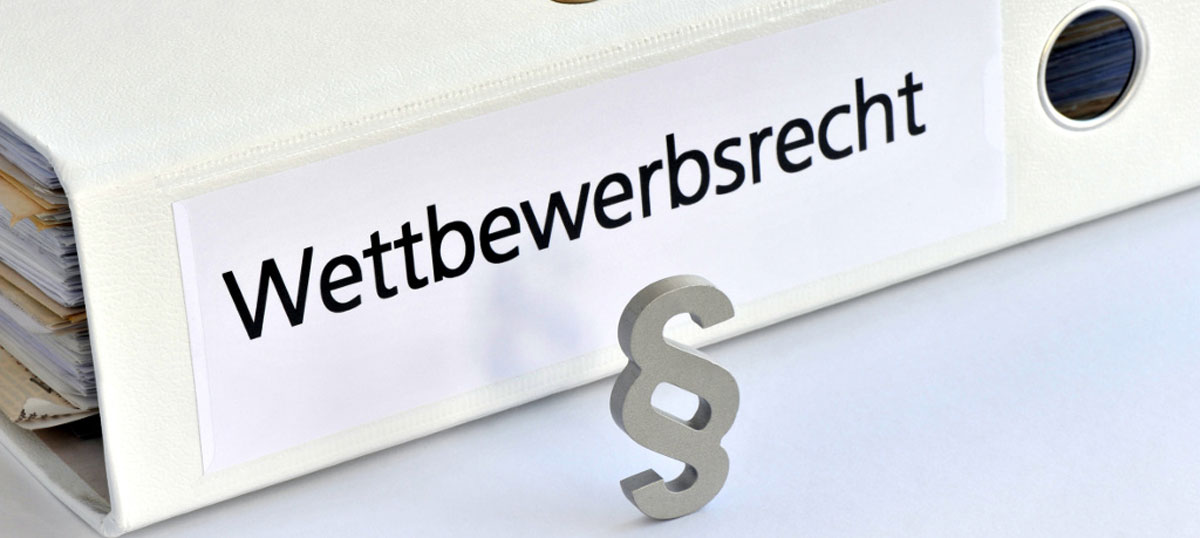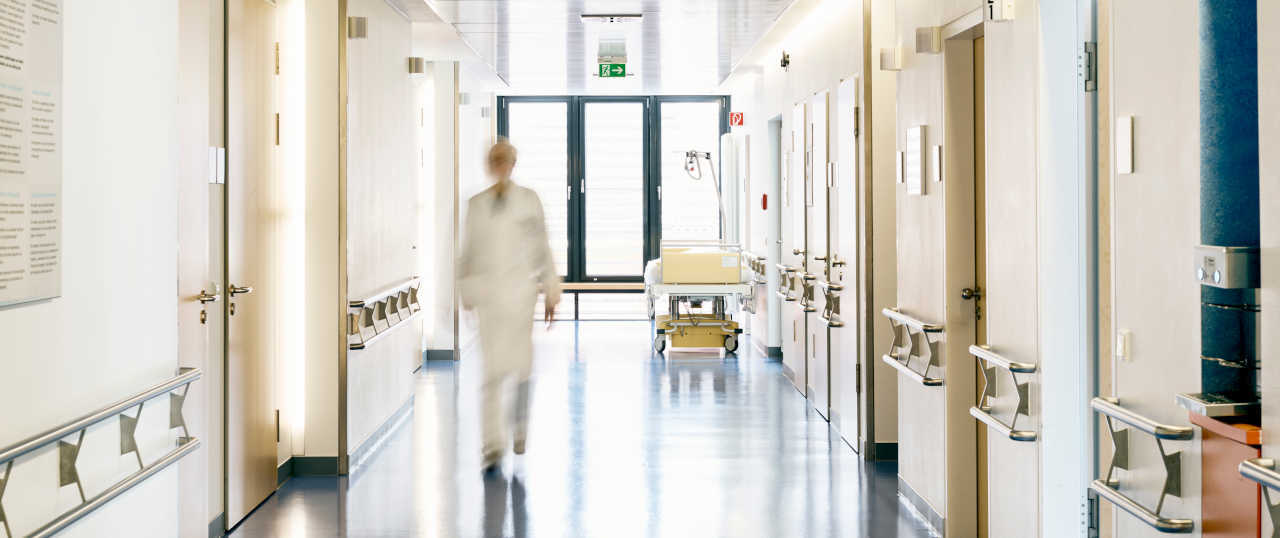Biennial Report XXIII of the Monopolies Commission under § 44(1) ARC, 29 July 2020
Under § 44(1) first sentence of the Act Against Restraints on Competition (ARC), the Monopolies Commission is tasked with regularly assessing the state and development of company concentration in Germany. Since its formation, the Monopolies Commission has been identifying the 100 largest companies in Germany in order to assess aggregate macroeconomic concentration. The share of the 100 largest companies in total value added is used as an indicator for the level of aggregate concentration. For the reporting year 2018, this share has decreased slightly to 14.8 percent, thus continuing its long-term downward trend. The Monopolies Commission also determines personnel and capital linkages among the 100 largest companies. Within this group, eight companies held more than 1 percent of the shares in 31 companies. Compared with 2016, this corresponds to fewer companies holding a significant stake in a larger number of companies within this group. With respect to personnel linkages in 2018, 42 of the 100 largest companies shared managing directors with other companies, i.e. managing directors of one company were represented in supervisory bodies of other companies. After observing 45 personnel links in 2014 and 34 in 2016, the long-term trend seems to be stabilizing. By contrast, the number of linkages via individuals without a management mandate – for example via supervisory board mandates in several companies from the group of the 100 largest companies – has decreased to 88 connections in 2018 (after a value of 113 in 2016).
In addition to the analysis of aggregate company concentration, the Monopolies Commission determines the state and development of concentration among companies across economic sectors as well as firm-specific price mark-ups as indicators of market power. The cross-sectoral company concentration in Germany remained largely flat between 2007 and 2015. Between 2015 and 2017, however, an increasing concentration could be observed in some sectors. For example, a significant increase in concentration could be observed in the services and construction sectors by 17.1 percent and 10.3 percent, respectively (2015–2017). In the manufacturing sector, on the other hand, concentration decreased by an average of 8.3 percent over the same period; concentration in the trade sector remained virtually unchanged. In addition, a disproportionately high increase in concentration could be observed in branches of industry with the highest concentration values. Against the background of the corona crisis, the economic contraction is expected to lead to an increase in concentration in heavily affected sectors in the medium term. Comparable economic downturns increased the concentration of sectors by an average of 10 percent during the financial and economic crisis between 2008 and 2010. The analysis of price mark-ups based on representative firm-level data from official statistics shows an average increase in manufacturing, where the sales-weighted average mark-up rose by 17 percent between 2008 and 2017. In the services sector, on the other hand, the same measure decreased by about 14 percent.
Overall, the Monopolies Commission still sees no alarming trend in the concentration of companies in Germany and thus no immediate need for action in competition policy. However, the rising trend in cross-sectoral company concentration and the increasing sales-weighted price mark-ups in manufacturing should be observed closely. This is particularly true against the background of possible effects of the corona crisis on market structures and market power of companies in Germany. There remains a need for further research to identify the causes of increasing concentration and mark-ups in some parts of the German economy; this will help to clarify whether the observed trends indicate an increase in market power or rather reflect efficiency improvements and increasing investment activity.
Downloads:
- The state and development of concentration among companies in Germany (Excerpt of Chapter II of the XXIII. Biennial Report, in German language)


